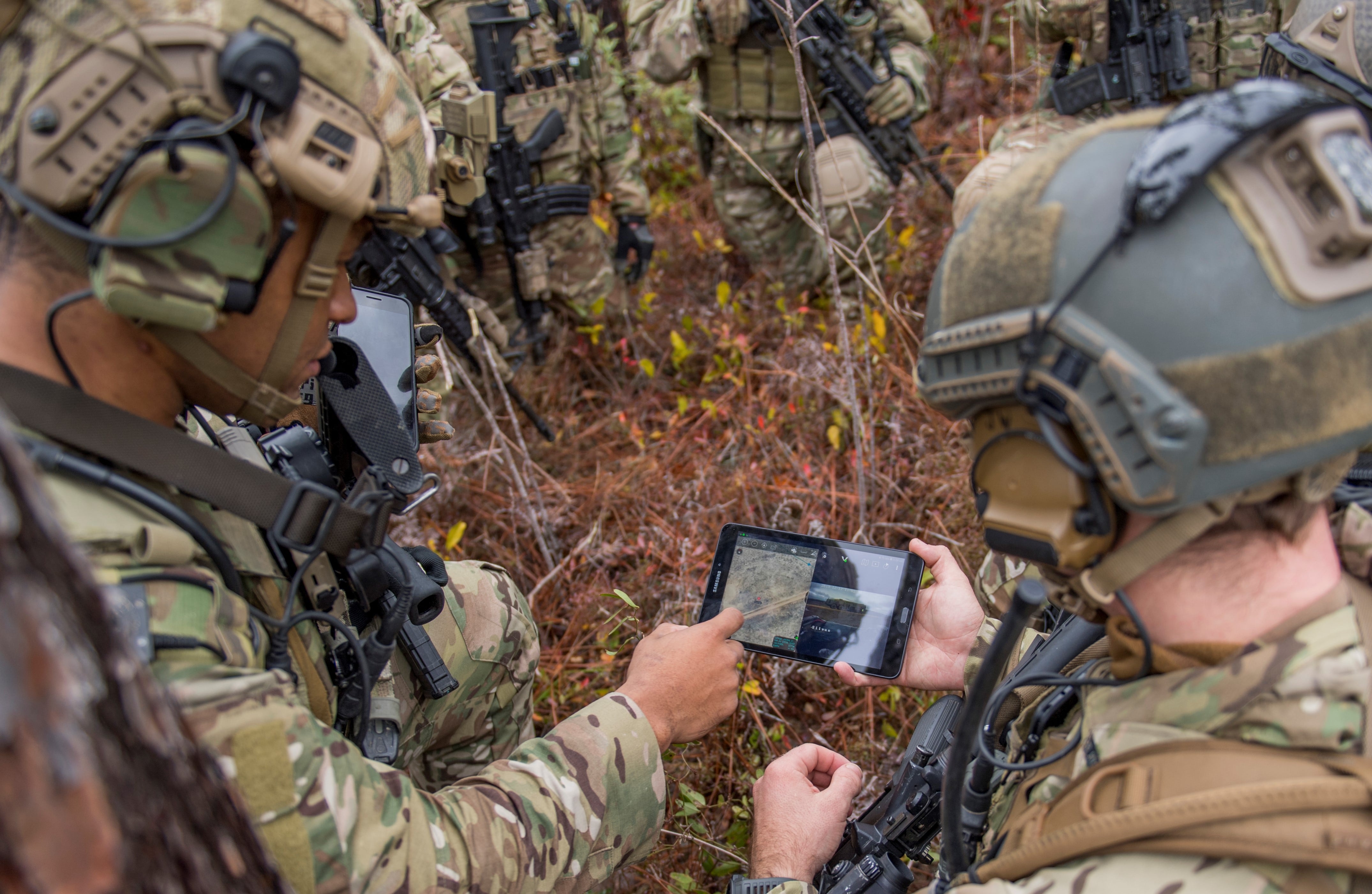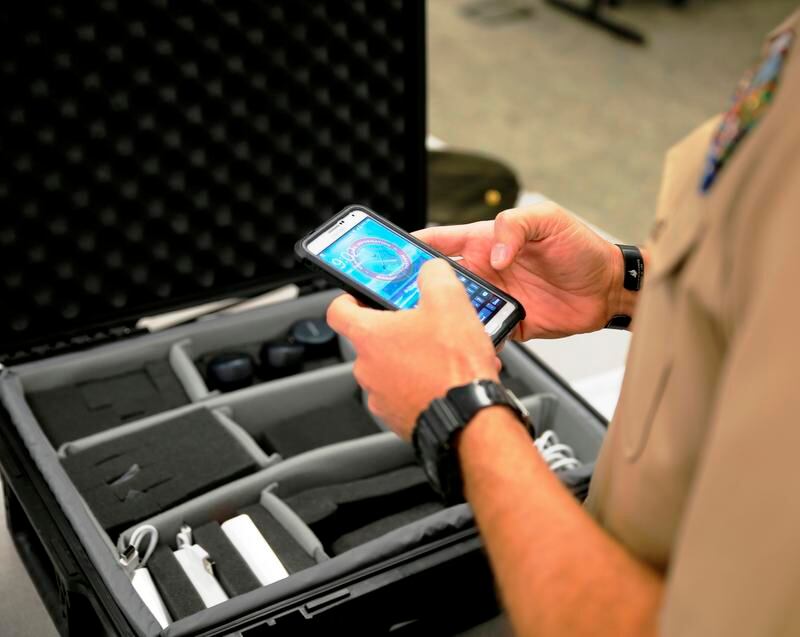The U.S. military has a digital connection deficit. While it operates sophisticated weapons systems, our military is not networked in a way that reflects the digital connectivity we all depend on in our everyday lives. We expect, for example, that all devices in our homes (smartphones/TVs, smartwatches, tablets and automation devices like Alexa) can connect to a single network.
Imagine trying to reach your friends from carrier X phone and not being able to connect simply because they are serviced by carrier Y or Z using a different network. Unthinkable in 2020, right? Now imagine what the consequences would be if soldiers in the field could not connect with naval vessels or aircraft on a common network. Or what if our nation’s most advanced front-line jet fighters could not share information with our allies and partners on the battlefield, let alone pass information to each other? We can and will do better!
Unfortunately, this is not just another “what if” scenario — it is the current military reality. Our forces simply do not have the capability to easily communicate in the same way we do on a daily basis, enjoying the digital connectivity that defines the pace of modern life. Our commanders are challenged to make and deliver decisions at the speed and tempo to gain the decision advantage required to deter or win a conflict against peer rivals, like Russia and China, whose forces have kept up with our modern digital evolution. We must address the U.S. military’s digital connection deficit today.
Decision advantage — or what I would call the collection, interpretation and use of information required to win in tomorrow’s conflicts — will default to the side that is most connected across all domains — air, land, sea, space and cyberspace.
Establishing an advanced battle network that fully connects our war fighters will provide them the tools required to win given today’s digital realities: translating and using data and intelligence via predictive analysis, data fusion, machine learning and artificial intelligence. This “war fighter internet of things,” or Advanced Battle Management System (ABMS), will equip our commanders for success in the digital information age.
RELATED

Built on a modern digital foundation, ABMS will provide a networked interface for war fighters across all domains, allowing commanders to direct operations at the speed and scale required to win against potential adversaries. Joint All-Domain Command and Control, or JADC2 — the overarching operating concept that brings joint and combined capabilities together — eventually will link the right sensor to the right shooter, thereby creating joint convergence across key prioritized targets, using decision advantage to win. JADC2 will leverage machine-learning algorithms to sift and fuse massive amounts of information and employ real-time edge processing from the battlefield to target according to commanders’ priorities. Doing so will allow joint and combined forces to distribute access to information more widely, empowering commanders at all echelons with decision advantage at every level.
Even if elements are temporarily disconnected from the broader network, failing forward allows commanders to carry out operations according to higher headquarters’ intent, sharing their progress and gaining updates from the larger operational picture when reconnected. The simple analogy is our current apps we enjoy today; why not rely on a Google-, Waze- or Uber-type capability? Imagine these supporting combat operations.

A digitally connected joint force would dramatically transform the way we operate. For example, during the January 2020 missile attacks by Iran on a U.S. air base in Iraq, our troops largely relied on telephone notifications and human-in-the-loop relays to alert friendly forces and react to incoming threats.
What if those Americans could have processed data and directed all assets in the region, in near-real time, instead? What if we had had a wholly networked joint force allowing commanders to respond to similar attacks by identifying, prioritizing and employing the most efficient and effective combination of assets available from across all domains — whether space-based, airborne, naval, ground or cyber capabilities?
Before any missiles were launched, our forces could have potentially tracked, targeted, warned, engaged and assessed such a threat, providing split-second updates while simultaneously presenting the adversary with a series of operational dilemmas in response. Imagine that!
Our peer competitors have spent the last several decades closely studying how the U.S. conducts war, and their aim is to ensure we are disconnected and fragmented in future conflicts. They have planned and built modern militaries focused on how to best exploit potential weaknesses in our historical military advantages — advantages we have enjoyed for so long that we have arguably taken them for granted, as shown by our deficit in digital connectivity. The remedy is a joint force fully connected for modern digital warfare, able to create decision advantage and induce uncertainty in the minds of potential aggressors.
Credible and overwhelming decision advantage may mean we will never need to fight a peer competitor. We must start, however, by addressing the U.S. military’s digital connection deficit. Our imperative is clear: We must connect with the joint force in a way that embraces a new paradigm of warfare, one our potential adversaries already understand and is grounded in the realities of today and those on the horizon. We cannot afford to wait — the time for change is now.
Maj. Gen. Michael Fantini is the director of the U.S. Air Force Warfighting Integration Capability as well as the deputy chief of staff for strategy, integration and requirements at Headquarters U.S. Air Force. Lt. Col. Jake Sotiriadis is chief of strategic foresight and futures analytics at the Air Force Warfighting Integration Capability.








